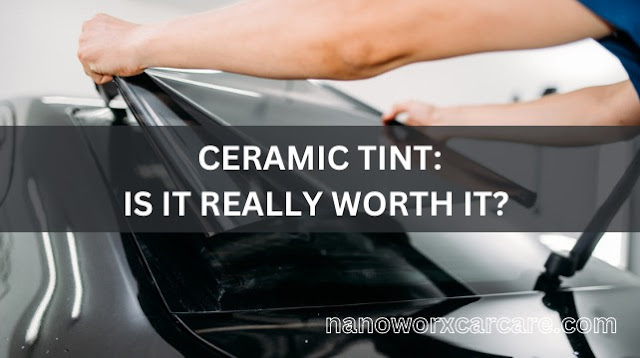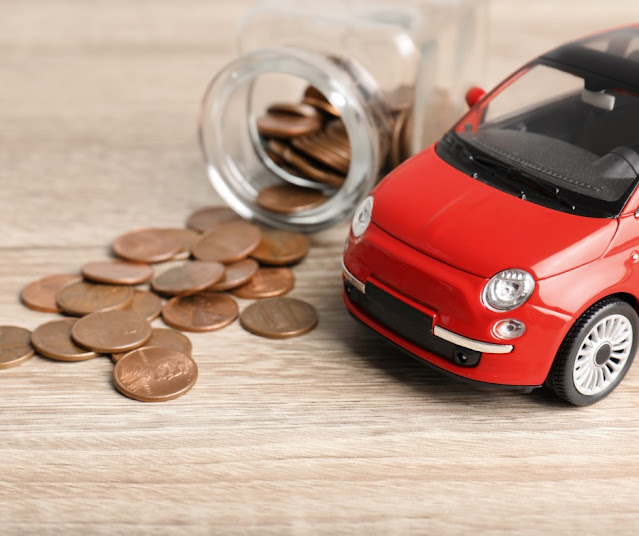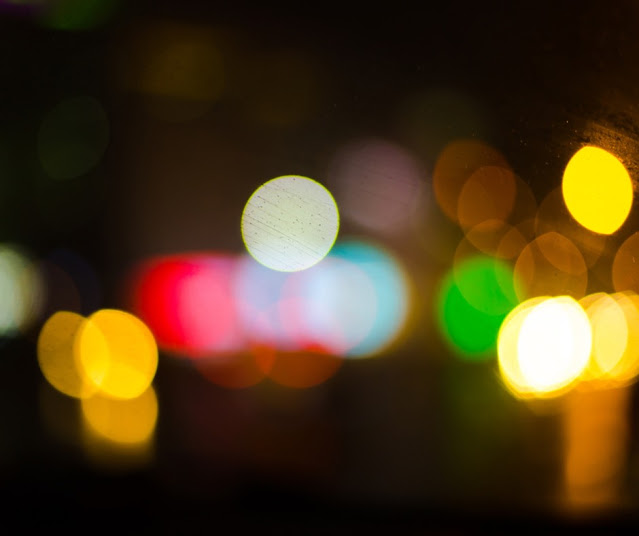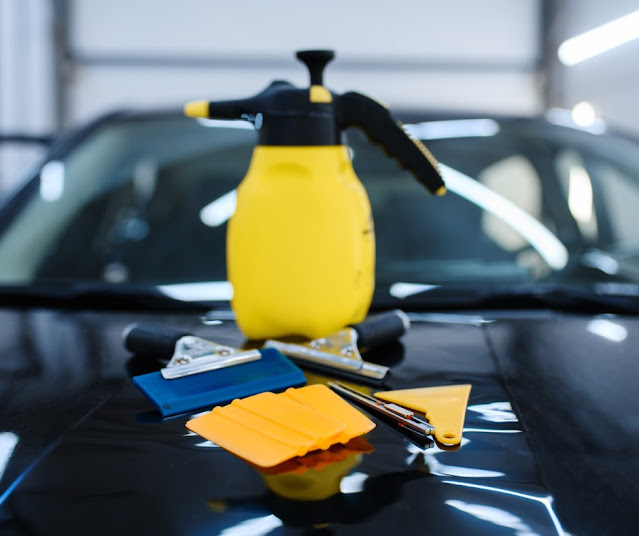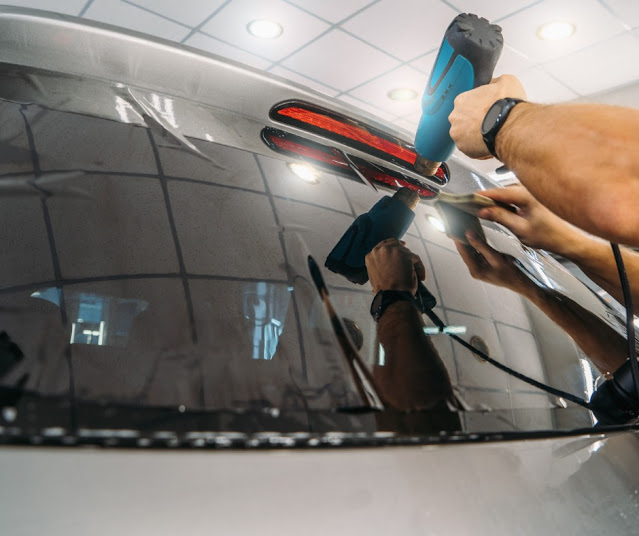Ceramic Tint For Cars: Is It Really Worth It?
This article explores whether ceramic tint is worth the money, from its heat-rejection capabilities to its long-lasting performance. By delving into its advantages, potential drawbacks, and cost considerations, we aim to provide a comprehensive analysis to help you decide whether ceramic tint is the right choice for your car.
Is Ceramic Tint Worth the Money?
Determining whether ceramic tint is worth the money depends on several factors, including your needs, budget, and expectations. Ceramic car tint, or "ceramic window tint," is known for its superior heat-rejection properties, which significantly lessen the heat entering your vehicle and keep the interior cooler.Additionally, ceramic tint blocks a high percentage of harmful UV rays, protecting you from potential skin damage and fading of the car's interior. Furthermore, ceramic tint provides excellent optical clarity, reducing glare and enhancing visibility during daytime and nighttime driving.
Investing in ceramic car tint might be wise if you prioritize top-notch performance, durability, and aesthetic appeal. However, it's important to note that ceramic tint is generally more expensive than other tinting options, such as dyed or metalized films. Ultimately, weighing the benefits against the cost will help you determine whether ceramic tint is worth investing in.
Why is it Called Ceramic Tint?
Ceramic tint is derived from the ceramic particles incorporated into the tint film. Unlike other types of tint films that rely on dyes or metal layers to achieve their properties, ceramic tint utilizes microscopic ceramic particles that are embedded within the film material. These particles are typically made of non-conductive, non-metallic materials like titanium nitride or aluminum oxide.Ceramic particles give the tint film unique characteristics, such as exceptional heat rejection, UV protection, and optical clarity. The ceramic particles reflect and absorb solar energy, effectively reducing heat transfer and blocking harmful UV rays.
This innovative technology has led to the development of ceramic tint as a premium option in the window tinting industry, offering advanced performance and durability compared to traditional tint films.
What's the Difference Between Regular Tint and Ceramic Tint?
The main difference between regular tint and ceramic tint lies in the composition of the tint film and its performance characteristics.Regular Tint
Regular tint, dyed or non-reflective, is made by applying a layer of dye onto the film. The dye absorbs a portion of the sunlight that enters the window, reducing glare and heat to some extent.
However, dyed tint primarily darkens the window rather than blocks heat. It provides basic privacy and can help prevent fading of the car's interior, but it is less effective at blocking UV rays and heat compared to other types of tint.
Ceramic Tint
On the other hand, ceramic tint utilizes advanced technology by incorporating ceramic particles into the film. These ceramic particles are non-metallic and non-conductive, allowing for superior performance.Ceramic tint offers excellent heat rejection properties, significantly reducing the amount of heat that enters the vehicle. It can block a high percentage of UV rays, protecting passengers and interior surfaces from sun damage. Additionally, ceramic tint provides outstanding optical clarity, reducing glare and improving visibility.
Compared to regular tint, ceramic tint generally provides better heat reduction, UV protection, and longevity. It is also less prone to fading or discoloration over time.
Can You See Better with Ceramic Tint?
Yes, ceramic tints can improve visibility and clarity compared to other tint films. These are designed to have minimal interference with light transmission, allowing for better daytime and night visibility.Unlike other tint films that can distort or reduce visibility, ceramic tint maintains excellent optical clarity. It is especially beneficial when driving in bright sunlight or at night when there are oncoming headlights or streetlights. It does not have a reflective or mirrored appearance, which means it does not cause glare or hinder your ability to see clearly.
Furthermore, ceramic tint reduces glare by blocking a significant amount of the sun's rays. Glare reduction can enhance visibility and the ability to see the road, objects, and potential hazards easier, resulting in a safer driving experience.
While ceramic tint can improve visibility, the darkness level of the film can also impact how well you can see. Laws and regulations regarding tint darkness vary by jurisdiction, so adhering to the legal limits is crucial to ensure optimal visibility and compliance with local codes.
Do Ceramic Tints Fade?
Ceramic tints are generally known for their durability and resistance to fading compared to other types of tint films. The ceramic particles in the tint film help maintain the film's color stability and prevent fading over time.However, it's important to note that no tint film is entirely immune to fading, and various factors can still influence the longevity of ceramic films.
Exposure to harsh sunlight, extreme temperatures, and environmental conditions can affect the performance and lifespan of any tint film, including ceramic tint. While ceramic tint is designed to withstand these conditions better than other types of films, prolonged exposure to intense sunlight or extreme weather can cause gradual fading or discoloration over an extended period.
It's essential to follow proper care and maintenance guidelines to maximize the lifespan of ceramic tints and minimize the risk of fading. It may include avoiding abrasive cleaning agents or tools that can damage the tint film, regularly cleaning the windows with mild, non-ammonia-based cleaners, and avoiding sharp objects that could scratch or puncture the film.
Additionally, choosing a high-quality ceramic tint film from a reputable manufacturer and having it professionally installed can contribute to better durability and reduce the chances of premature fading.
While ceramic tint is generally more resistant to fading than other tint films, it's important to understand that proper care and maintenance are still essential for preserving its appearance and performance over time.
What is the Best Aftercare for Ceramic Tint?
Proper aftercare is crucial to maintain the appearance and longevity of ceramic tint. Here are some recommended practices for caring for ceramic car tints:- Wait for the curing period.
After installing the ceramic tint, allow sufficient time for the film to cure perfectly. Depending on the specific product and climate, this period typically ranges from a few days to weeks. During this time, avoid rolling down the windows or cleaning the tint to allow it to adhere fully.- Use gentle cleaning methods.
Opt for gentle cleaning methods when cleaning your vehicle's windows with ceramic tint. Avoid using ammonia-based or abrasive cleaners, which can damage the tint film. Instead, use a mild, non-ammonia-based cleaner or a designated tint-safe cleaner. Microfiber cloths or soft sponges are recommended for wiping the windows, as they are less likely to scratch the film. (Check out this "Guapo Microfiber Car Towel / Microfiber Cloth 1 bundle" in Lazada Philippines or Non-Abrasive Microfiber Cleaning Cloths from Amazon US.)- Avoid sharp objects.
Avoid using sharp or abrasive objects near the tinted windows, as they can scratch or puncture the film. Use soft, non-abrasive tools like soft-bristle brushes or microfiber cloths when cleaning.- Be mindful of window controls.
If you have power windows, avoid rolling them down immediately after the tint installation. It can disrupt the bonding process and affect the overall quality of the tint. Check with the professional installer for specific instructions on when it's safe to operate the windows.- Shield from harsh chemicals and solvents.
Avoid spraying or allowing contact between the tint film and harsh chemicals, such as ammonia-based cleaners, gasoline, or strong solvents. These substances can cause discoloration or damage to the film. If any spills occur, clean them immediately with a mild cleaner and a soft cloth.- Regular inspections.
Periodically inspect the tinted windows for any signs of damage, bubbling, or peeling. If you notice any issues, contact a professional tint installer to promptly assess and address the problem.Does the Ceramic Tint Get Darker as it Dries?
Ceramic tint does not typically get darker as it dries. The darkness or shade level of the tint film is determined during the manufacturing process and remains consistent throughout its lifespan.Once the ceramic tint is installed on the windows, it undergoes a curing process to adhere to the glass surface fully. During this curing process, the tint film may appear hazy or slightly lighter in color. However, as the tint film fully dries and cures, it should regain its intended darkness level and optical clarity.
The perceived darkness of the tint can vary depending on factors such as the level of natural light, interior lighting, and the angle of view.
If you have concerns about the darkness or appearance of the ceramic tint after installation, it's advisable to consult with the professional installer who performed the tinting. They can provide specific guidance and address any questions or issues.

